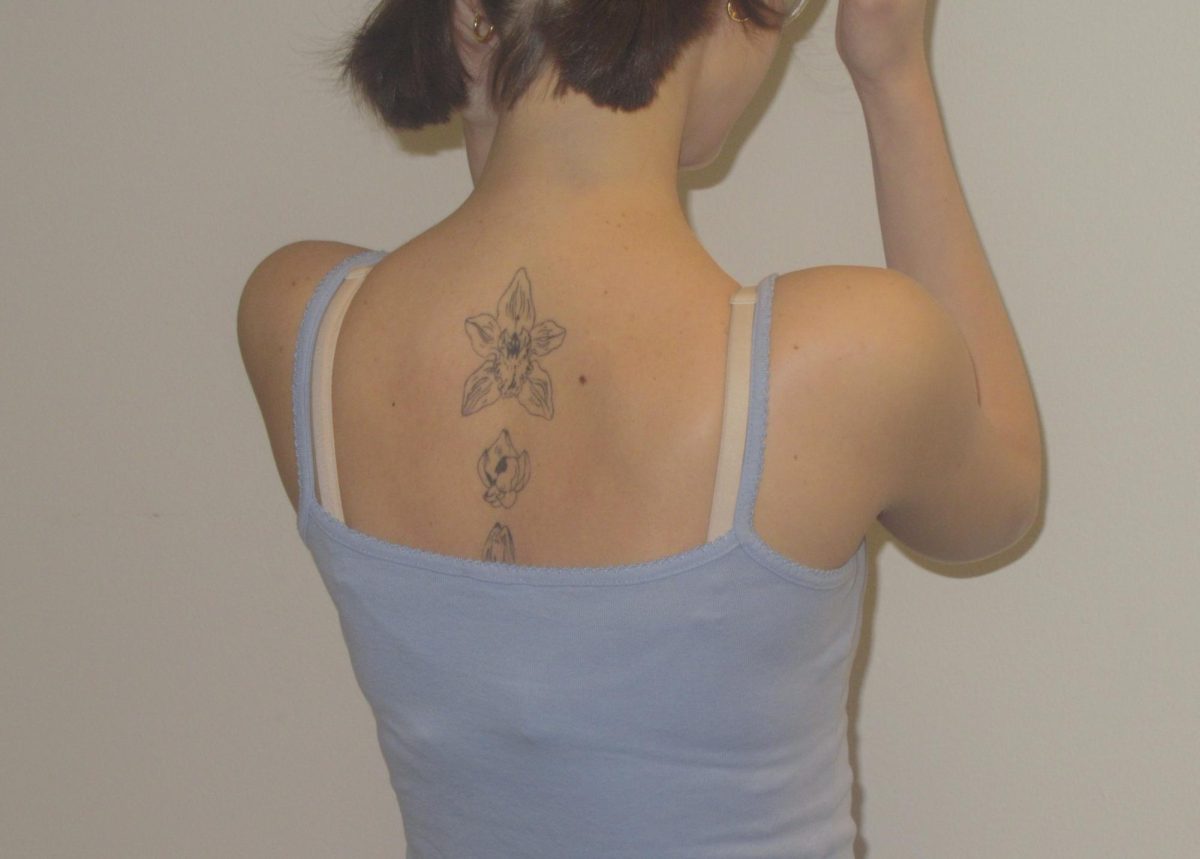SPU gender ratio affects perception on campus
DEAR SISTERS,” is how the trending “Time’s Up” campaign heads its letter of solidarity asserting allegiance to eliminating female inequality and injustice in the workplace.
Inspired by the Me Too movement and all the Hollywood horror it has brought into the spotlight this past year, Time’s Up is a “unified call for change from women in entertainment for women everywhere.”
This union made its show-stopping debut two weeks ago at the Golden Globe Awards, both on the runway and the stage.
While the speeches of the night, ranging from uplifting to scathingly bitter, continue to resonate, so does the powerfully tangible image of the near 1200 attendees adorned in all black.
Female and male celebrities alike used their influence to draw attention to the issue, as is their divine responsibility, in a perfect paragon of protest that well deserved the many standing ovations it aroused.
This mutual concern, by women and men, regarding the “feminist” issues at hand is especially commendable and, indeed, necessary.
With a student population that is 67 percent female, I was inspired to wonder how SPU’s notorious ratio reflects the presence of feminism on campus and, furthermore, how that presence affects the remaining 33 percent — our male counterparts.
Upon asking for my peers’ opinions, I was pleased and utterly unsurprised to find feminists present and prospering here at SPU; however, my suspicion was also confirmed that only a few weren’t female.
As the education of women is fundamental in the advancement of women, a female-student majority, and its ensuing female-graduate majority, is obviously a feat of feminism in all its true essence.
But is the pairing of a plethoric female populace and a predominance of girl power perfect in practice?
Is the due empowerment of us women encouraging the men of SPU to become allies and fellow advocates?
Or is feminism on campus intimidating and, therefore, inhibiting involvement?
Once again, I turned to my classmates — this time of the opposite sex.
Some of the individuals I interviewed did, indeed, admit that their image of feminism often leans more toward the radical side, bringing up thoughts of “feminazis,” leading them to have an abundance of apprehension toward and little understanding of the issues behind the movement.
On the other side of the spectrum, I received feedback suggesting that, since women are the majority, feminism seems inherent and, therefore, implicit on campus.
That is, feminism is a passive, but nonetheless noticeable, undertone rather than a “systemic force,” as noted by one student.
Despite the 1999 effort to attract more males by changing school colors from fuchsia and yellow to our current, more masculine burgundy and deep gold, SPU’s femininity has only increased since from a stable, yet still lopsided, 60-40 split, and it doesn’t seem to be leveling out anytime soon.
As neither unchecked radical-extremism nor unquestioned neutrality are very motivational, these two perceptions of feminism, however polarized, have one key element in common: male students are not feeling compelled to subscribe to the SPU brand of “feminism,” and I can’t blame them.
If we, the 67 percent, don’t assume the responsibility of defining and reconciling the relationship between men and feminism, if we aren’t actively pursuing equality between the two sides of the ratio, we can no longer call ourselves feminists.
Thus, I would like to extend an invitation:
DEAR BROTHERS, you too can believe in feminism.
In fact, the chances are, you already do. If you think that “time’s up” for sexual assault, harassment and inequality… welcome to the club.
Although it focuses on defending women’s rights, pure feminism fights only for equality, and equality is for everyone. All 100 percent.















































































